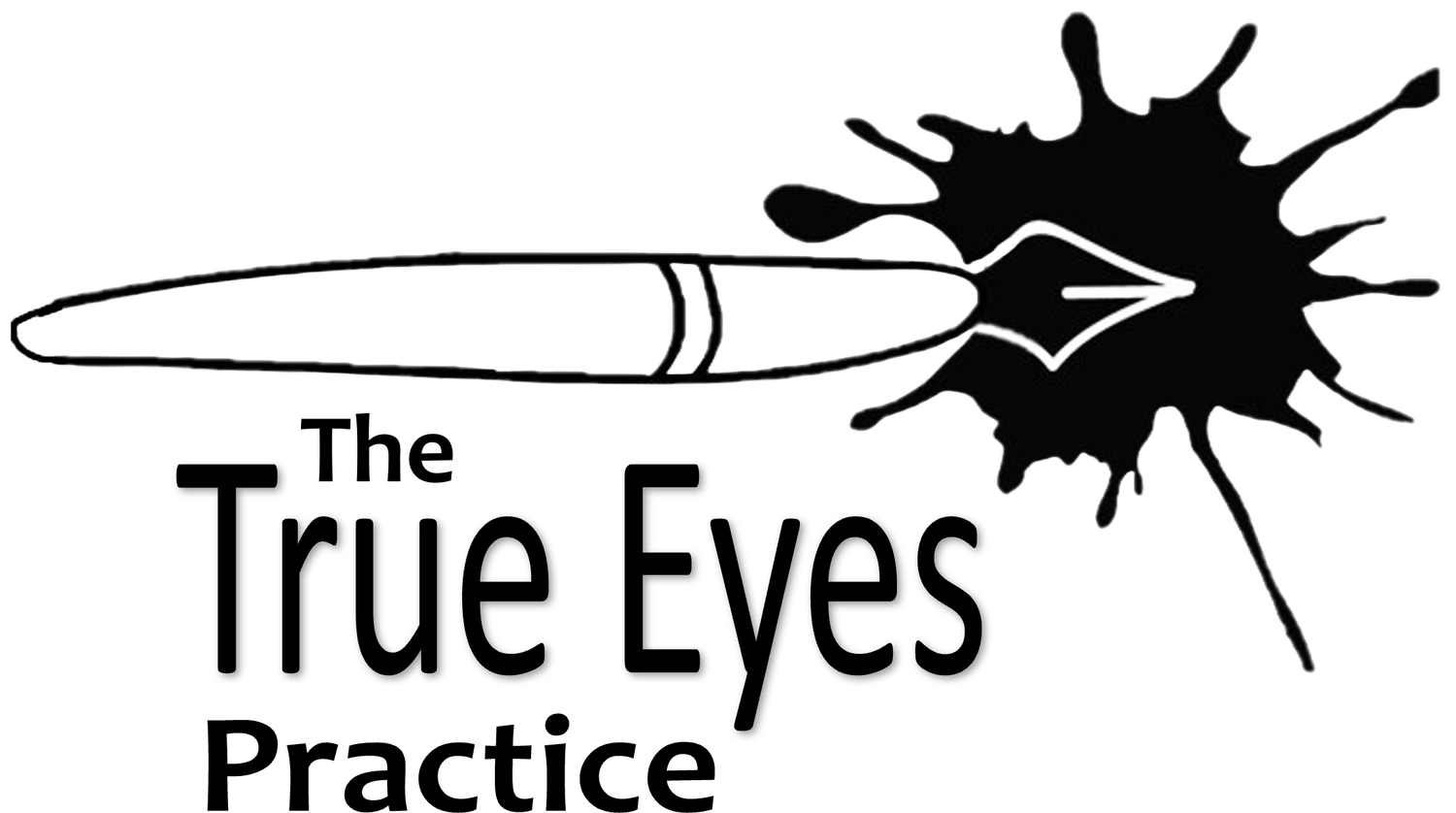Art Matters: But How Can You Tell?
Art matters, but sometimes it's hard to express all the ways it affects us. What we do know is that art and artists are usually at the forefront of social change.
Arizona has one Confederate statue left. It’s more of a rock, actually, with words, in Sierra Vista, a small town in southern Arizona.
What does this confederate memorial have to do with art?
I personally believe that when these monuments are torn down that it drives the conversation about racism underground. In the case of Arizona’s last remaining monument, art could transform this heinous relic of Jim Crow into a way to make visual, visible amends. When I posted this photo of the memorial on Instagram, one artist commented that she would “insert it into a bigger structure with stats and historical background to see the context of the original.”
There’s a group in South Texas, working to repurpose a Confederate memorial. The memorial itself is on private land and the owner is so far opposed to discussing alternatives or removing it altogether, so the repurpose movement has erected a billboard that hovers over it, commenting on its existence.
Art is a way to have a visual conversation about these memorials; a way to put them in context, to talk about how our understanding is deepening. Art gives us a way to process our emotions and to view old ideas with a new perspective.
Art and social change are often good friends
Art has always led the way for culture change, and the US’ effort to face racism and inequality is no different. Art is at the forefront. For some visual inspiration, you can check out the work of Kerry James Marshall (this is a mural he’s created for Chicago) or the work of Kenturah Davis, to name two among thousands of artists making art about this subject.
This is one powerful example of how art matters.
Your art matters, too. Let's get it out into the world.
In this article, you can learn more about different parts of yourself try to protect you from discomfort, and thus keep you from putting your work out there. And in this short post, you'll find some resources to help you understand your money beliefs better. Both posts will help you start handling any trauma you’ve experienced in getting your work into the world.
Sell your creative work
If you are ready to start selling your art, download my cheatsheet: Keep Calm & Sell Something. Follow the directions in there, and tell someone else you’re doing it so you can be accountable to them. While you begin working with your trauma, the best antidote to pain is companionship and connection.
Make yourself a job
If you want to make yourself a day job (which means starting a business), get a copy of my business plan book for creatives, Passion, Plan, Profit, and find someone, or better, three other someones, and go through the book together. The book tells you how to work in a group or in pairs, and you can download the worksheets in the book here. Companionship and connection again.
Get personalized help
If you want guidance, book a 15 minute chat with me here and I’ll get you pointed in the right direction.


